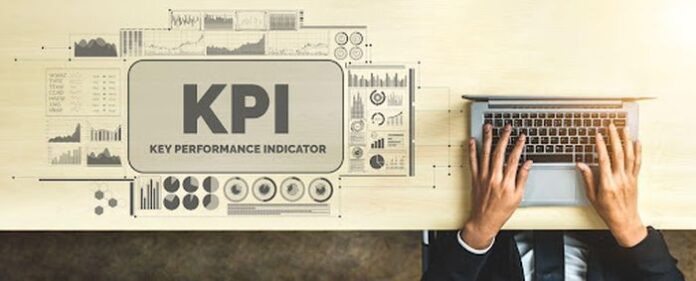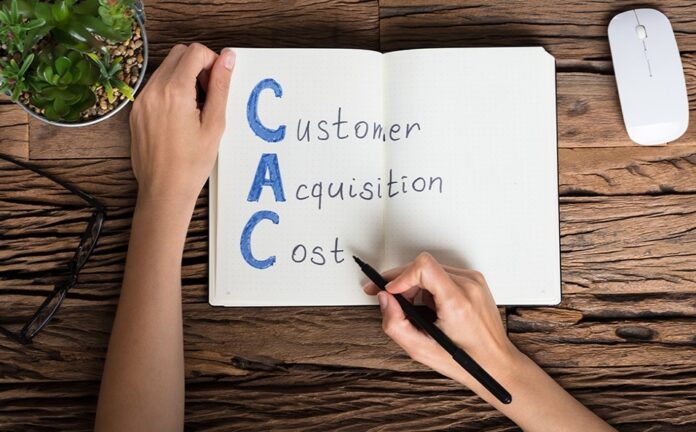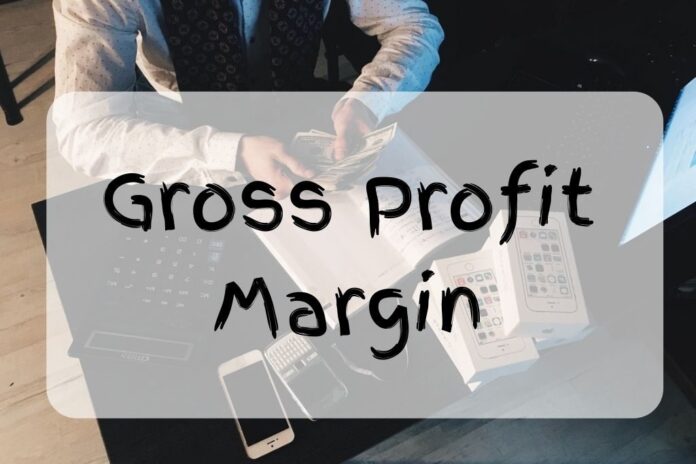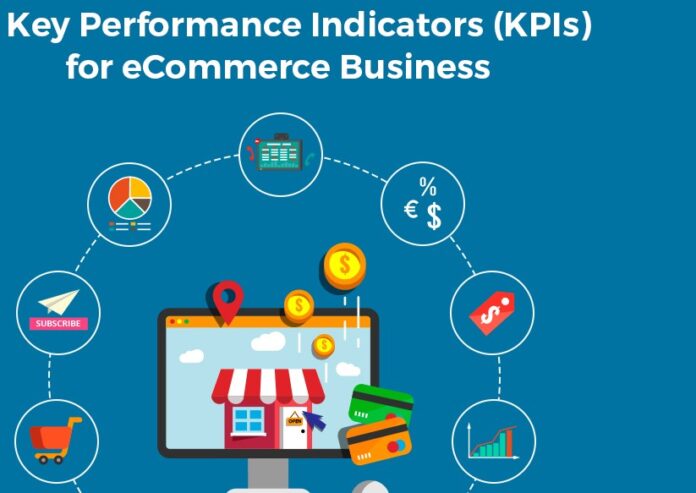When it comes to building a successful online business, knowledge is power. Launching online stores has proven lucrative for countless people, but far too many eCommerce business owners fail to take full advantage of the data they have at their fingertips. Even if they are already turning an attractive profit, failing to keep an eye on certain key performance indicators (KPIs) prevents them from reaching their full potential.

Whether you customize wholesale t-shirts for retail like The Adair Group, sell artwork on a site like Etsy, or run any other type of online business, you may be one of the many e-tailers that is – in the words of author and digital marketing expert Avinash Kaushik – “data rich, but information poor.”
In other words, you have a wealth of information at your fingertips thanks to today’s digital analytics capabilities, but you are not using it to grow your business. And, as a result, you are likely missing out on countless opportunities to reach higher levels of success.
So, which KPIs should you be keeping an eye on? Keep reading to find out!
What Are Key Performance Indicators (KPIs), Anyway?
Before we jump into which KPIs you should be keeping in mind, let’s take a look at what they are. In short, they are metrics that show how well a business performs against its objectives. They show you where you are currently and can help you identify the steps you need to take to reach your goal.
There are loads of metrics business owners can track. KPIs are simply the most important ones. Keeping a close eye on them enables you to monitor crucial aspects of your company and identify actions that must be taken.
Now that that is out of the way, let’s dive into some of the most crucial KPIs for eCommerce.
Conversion Rate
Keeping an eye on your conversion rate clues you in to the effectiveness of your calls-to-action and landing pages. This metric shows you the percentage of website visitors who take some sort of action. This could be signing up for your email newsletter, making a purchase, etc.
As of 2024, the average conversion rate for eCommerce sites in the United States is 2.63 percent. If yours is above that, you can feel confident that your calls-to-action and landing pages are well designed and doing their job. If it is significantly lower, though, you have some work to do.
Keep an eye on your conversion rate when you make changes, too, to get a feel for whether the updates were successful.
Shopping Cart Abandonment Rate

In eCommerce, “shopping cart abandonment” refers to website users placing products in their cart but leaving the site before completing the purchase. While frustrating for business owners, this is a common occurrence. In fact, Baymard Institute found that the average shopping cart abandonment rate is around 70 percent. Yikes.
Keeping an eye on your site’s shopping cart abandonment rate could help you discover problems that prevent customers from completing their purchases. If you find that your site has an excessively high abandonment percentage, take a look at things like:
- Your shipping rates
- The ease of your checkout process
- Technical issues on your website
While these things aren’t always responsible for abandoned shopping carts, they are large contributing factors. Address them, and the rate may decrease.
Average Order Value (AOV)
Your eCommerce site’s average order value, also known as AOV, is simply the average amount of money each customer spends when placing an order. Knowing this metric is vital because it allows you to make smart decisions regarding other KPIs, such as customer acquisition cost. We will go over that next!
Increasing your AOV means getting more money from each customer, so it is one of the most efficient methods of increasing revenue.
Customer Acquisition Cost (CAC)

Customer acquisition cost – or CAC – refers to how much money you spent to gain a customer. If, for example, you are spending $1,000 per month on marketing and gaining 100 new customers, your average CAC would be $10.
Being mindful of your CAC is important for a few reasons. For starters, it enables you to allocate your budget appropriately to meet your goals for customer acquisition. Additionally, your CAC gives you insight as to whether you are spending too much to gain customers. If your average order value is $1,000, spending $50 for each new customer is great. When your average order is more like $100, though, a $50 CAC leaves much less – if any – room for profit.
When you know your CAC, you can take steps to reduce it or, at the very least, keep it in check. If you don’t know it, on the other hand, your business could fail without you even understanding why.
Gross Profit Margin

Business owners need to keep several things in mind every day. One of the most important, though, is profit. After all, turning a profit is the foundation of a successful business, right?
Unfortunately, a lot of business owners don’t know their gross profit margin. They know – or believe – that they are making money, but they do not have a clear picture of how much. And that is a problem.
Understanding your gross profit margin lets you keep an eye on the overall health and success of your business. It lets you know when things are going well and provides a bit of warning when changes need to be made.
To figure out your gross profit margin, you will need to tally up how much money you have earned in sales and how much you’ve spent on product acquisition, marketing, manufacturing, operations, etc. From there, subtract the costs from your revenue to determine profit. Then, divide the profit by your revenue and multiply by 100 to determine your gross profit margin in percent. Confused? This profit margin calculator makes it easy.
The Bottom Line
Keeping track of KPIs and understanding what they all mean can be confusing. If you want to be successful in eCommerce, though, doing so is a must. Start by familiarizing yourself with the ones listed above and use them to grow your business. Whether you sell blank hoodies or dog toys, harnessing the power of these KPIs can take your business to the next level of success.









